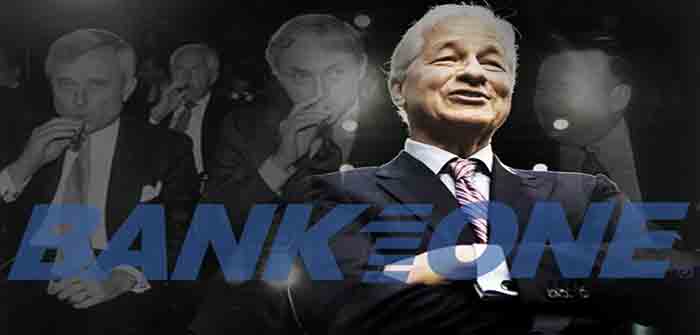
by Whitney Webb at Unlimited Hangout
Earlier this month, a judge ruled that two different lawsuits against JPMorgan Chase over the bank’s ties to deceased “financier” and pedophile, Jeffrey Epstein, would be allowed to advance in U.S. Courts. One of these cases, brought against the bank by the U.S. Virgin Islands (USVI), has been a particular focus of independent media since the new year began, in part because the Attorney General of the USVI, Denise George, was fired from her post just days after she filed that case.
In a hearing in the USVI case against JPMorgan earlier this month, a USVI lawyer argued that the CEO of JPMorgan – Jamie Dimon – “knew in 2008 that his billionaire client [Jeffrey Epstein] was a sex trafficker.” The lawyer, Mimi Liu, also stated that former JPMorgan Jes Staley also knew this about Epstein at the time, but noted: “This case was not just Jes Staley … there will be numerous documents that go far beyond his office to the executive suite.” Liu also asserted that “Staley knew, Dimon knew, JPMorgan Chase knew” about Epstein’s criminal activities against minors.
While the bank has disputed that Dimon knew anything about Epstein’s accounts at the bank or what he was really up to at the time, this Unlimited Hangout investigation – a multi-part series – will reveal that Dimon’s rise to the top post at JPMorgan was intimately linked to the very same group of people who enabled Jeffrey Epstein’s sex trafficking activities as well as his extensive financial crimes.
In this article, we will examine how Dimon’s rise to become one of the most powerful men on Wall Street was largely reliant on top executives and directors of Bank One, which boasts incredibly close ties to The Limited’s Leslie Wexner and his right-hand man for many decades, Columbus-area real estate developer John W. Kessler. Kessler and other individuals tied to Wexner were the dominant forces that saw Dimon installed as Bank One’s CEO in 2000. Bank One was acquired by JPMorgan in 2003 and, shortly thereafter, Dimon became CEO of the combined entity. That acquisition, as well as the role of the Crown family in Chicago in Dimon’s selection as Bank One’s CEO, will be discussed in the second part of this series.
Yet, Dimon’s ties to the same networks as Wexner, particularly those characterized by their connections to organized crime and intelligence, preceded his time as Bank One’s CEO by many years. As this article will show, Dimon’s construction of what is now Citigroup, alongside his mentor Sandy Weill, began with their takeover of a company called Commercial Credit Corporation. That company, as well as its parent company, Control Data Corporation, had a troubling history of ties to intelligence networks that were extensively involved in criminal activity – including the so-called “private CIA” formed by CIA veteran Ted Shackley in the 1970s as well as individuals crucial to the Epstein story like Robert Maxwell.
Given these connections, JPMorgan’s claims that Dimon never knew what Jeffrey Epstein was up to during his time with the bank becomes much harder to believe. Furthermore, as future installments of this series will show, the players discussed here – Dimon and Epstein among them – were instrumental in the creation of what would manifest as the 2008 economic crisis. Not unlike some of the events that sparked today’s banking crisis, figures like Jeffrey Epstein, Dimon’s mentor Sandy Weill and the former Treasury Secretaries with close associations with both men, Robert Rubin and Larry Summers, appeared to have engaged in actions that would intentionally provoke the collapse of certain banks to further consolidate the banking sector for their benefit. The goal, both then and now, seems to have been a move towards the logical conclusion of the “too big to fail” banking model — the eventual creation of a centralized cartel of mega-banks that dominate, not only commercial banking, but also central banking.
